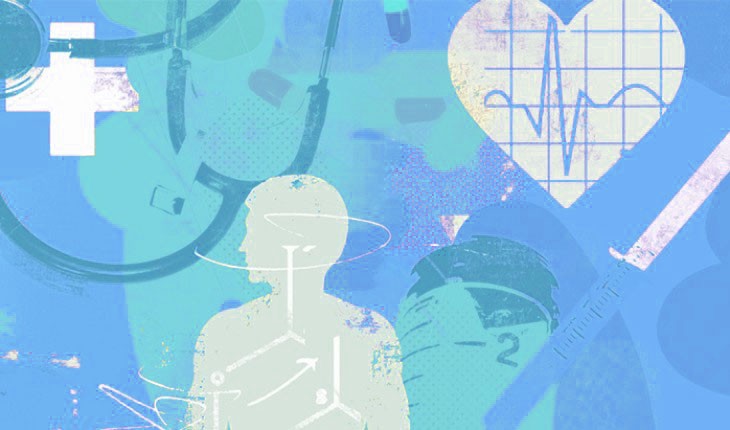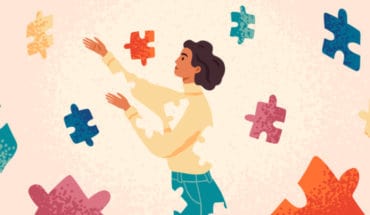Depression affects around one in seven people during the course of their lifetime and is twice as common in women than men. ‘The reasons are not entirely understood but it could be because of biological factors, social pressures or simply because women are more likely to seek help for the condition,’ says Sam Challis, spokesperson for the mental health charity, Mind.
The 1960s was also known as the Age of Anxiety as this was the decade when Valium was introduced in 1963 – and was prescribed to millions of women to help them get through their busy day. Known as mother’s little helpers, these pills were originally developed by Hoffmann-La Roche, a New Jersey-based pharmaceutical company and launched in 1963. Ten times stronger than Librium, another anti-anxiety medication, they became the US’s most prescribed drug between 1969 and 1982, causing major problems with addiction. Diazepam (Valium) belongs to the class of medications called benzodiazepines and works by stimulating the release of neurotransmitters which calm cells in the brain.
Today, Valium is rarely prescribed and most women are given drugs like Prozac, a Selective Serotonin Reuptake Inhibitor, which was introduced 26 years ago. SSRIs prevent nerve cells soaking up a special neurotransmitter chemical called Serotonin which helps nerve cells pass messages to one another. That means there is more around to make sure that messages get through – crucial for mental health.
‘The 1960s saw a huge change in attitude towards mental illness. Before this decade, people who were mentally ill were treated in large institutions. In 1959, the Mental Health Act abolished the distinction between psychiatric and other hospitals and encouraged the development of community care,” says Sam Challis.
Traditional treatments for depression, including electro-convulsive therapy, began to be phased out and new psychotropic drugs, including lithium and chlorpromazine came on the market to treat conditions such as schizophrenia and manic depression.
Today, women are still being medicated in vast numbers, even though there are many more non-drug treatments available and problems with addiction are well known. One study found that 29 per cent of women, compared to 17 per cent of men are likely to have been treated for a mental-health problem. When depression, alone, is considered, the difference is even more pronounced. The National Institute for Health and Care Excellence found that one in four women will require treatment during their lifetime – compared with only 1 in 10 men.
Professor Malcolm Lader, Emeritus Professor of Clinical Psychopharmacology at King’s College, London, says that there are ‘special influences’ which explain the disparity between men and women, including disorders associated with childbirth, such as puerperal depression and psychosis. But those are, obviously, extreme examples.
Anorexia and bulimia – eating disorders which are much more common in women than men, also skew the figures. But suicide rates show that British men are three times as likely to die by suicide than British women. Suicide rates for women peaked in 1964, (11.8 deaths per 100,000 women) and have declined gradually since. The lowest female rate (3.2 per 100,000) was seen in 2007.
- New lipid-based pathway discovered as key to memory formation - 25th June 2025
- Crucial link could explain how Alzheimer’s takes hold - 25th June 2025
- Understanding Your Mind Can Improve Daily Life - 25th June 2025







